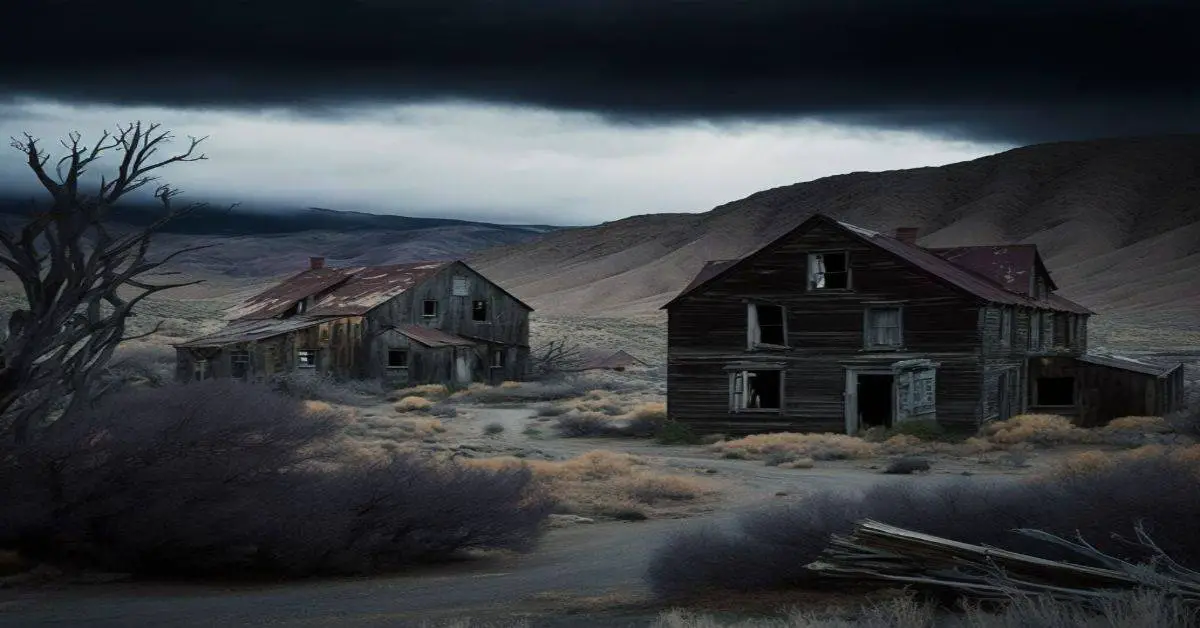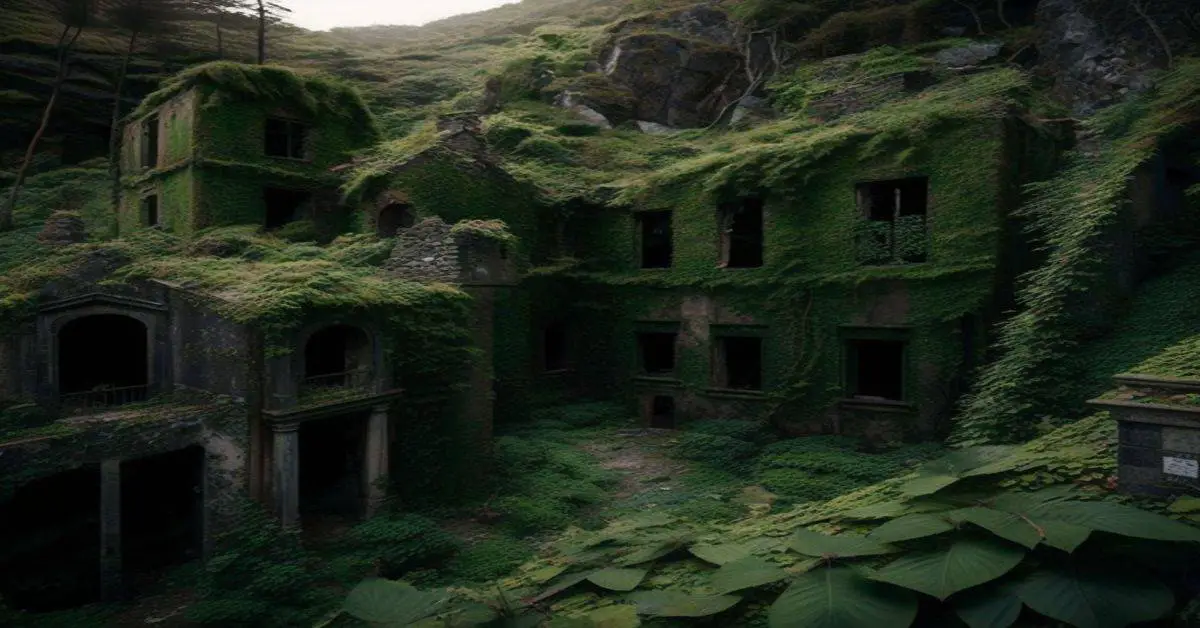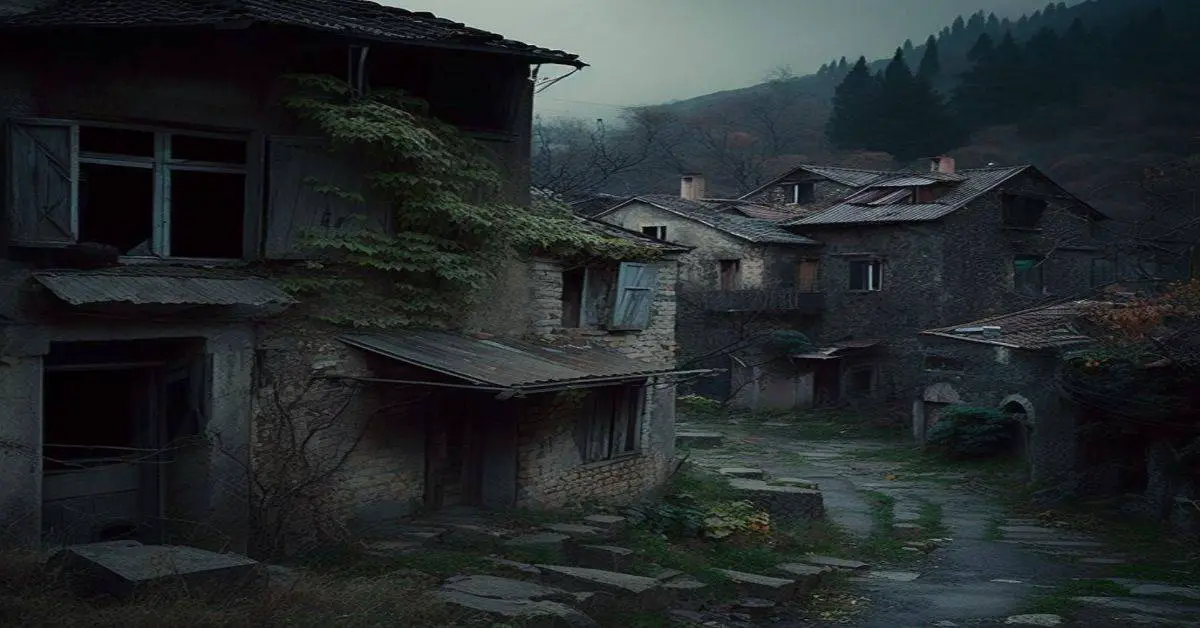Nevada’s mining history is a significant part of the state’s identity, and Dayton is a town that played a significant role in it. Dayton, located outside of Carson City on Highway 50, was founded in 1851 and quickly became a hub for mining activities in the region. It was the birthplace of an innovative mining technology that delivered billions of gallons of water to the Comstock mines, making it a crucial part of Nevada’s mining industry.
Despite its small size, Dayton still boasts several historic landmarks and buildings, such as the Odeon Hall and the Dayton Depot, that serve as a testament to its rich history. Furthermore, the town is home to one of the oldest cemeteries in the state, which serves as a final resting place for many of the region’s pioneers and miners.
In this article, we will delve into the history and development of Dayton, explore its significant landmarks and buildings, and take a closer look at its cemetery to discover what makes this mining town a hidden gem in Nevada’s history.
Key Takeaways
- Dayton was founded in 1851 and owes its existence to the Comstock Lode, a major silver deposit discovered in the area in the mid-1800s.
- The mining industry played a crucial role in the development of Dayton, with Adolph Sutro’s tunnel project providing a much-needed resource for the industry.
- Dayton still boasts several historic landmarks and buildings, such as the Odeon Hall and the Dayton Depot, showcasing various architecture styles that were popular during that time.
- Visitors can take a self-guided tour of the Dayton Cemetery, one of the oldest constantly maintained cemeteries in the area, with over 3,000 graves and notable burials such as Samuel Clemens’ brother, Orion Clemens.
History and Development
The history and development of Dayton, a Nevada mining town, is deeply rooted in the mining industry.
In the late 1800s, Adolph Sutro proposed an idea to transport ore and drain water from deeper shafts of Comstock horizontally.
This idea received funding of $5 million from big mining companies, but the completion of nearly 4 miles of tunnel was delayed for 13 years.
Once completed, the tunnel delivered 2 billion gallons of water, providing a much-needed resource for the mining industry in the area.
This innovation in mining techniques had a significant economic impact, helping to spur growth and development in the area.
The mining industry played a crucial role in the development of Dayton.
The town owes its existence to the Comstock Lode, a major silver deposit discovered in the area in the mid-1800s.
The influx of miners and prospectors led to the establishment of Dayton as a mining town.
As the mining industry grew, so did the town, with new businesses and infrastructure being built to support it.
The economic impact of mining can still be seen in Dayton today, as the town continues to attract visitors interested in its mining history and the legacy of the Comstock Lode.
Landmarks and Buildings
Notable structures in Dayton include the Odeon Hall Saloon, Butcher Block, Union Hotel, and Fox Hotel, all dating back to the town’s mining boom era in the mid-1800s. These buildings showcase the various architecture styles that were popular during that time, such as Victorian and Italianate.
The Odeon Hall Saloon, for example, features a classic Victorian storefront with ornate woodwork and a decorative cornice. The Butcher Block, on the other hand, displays an Italianate style with its symmetrical façade, arched windows, and ornamental brackets.
As a testament to the town’s historic preservation efforts, these structures have been maintained and restored throughout the years. The Union Hotel, for instance, underwent a major renovation in 2014, which brought back its original Victorian charm. Meanwhile, the Fox Hotel has been converted into a museum, showcasing the town’s rich mining history.
Through their architecture and preservation, these buildings offer a glimpse into Dayton’s past and remind them of the town’s significant role in Nevada’s mining industry.
Dayton Cemetery
Founded in 1851, this cemetery is one of the oldest constantly maintained cemeteries in the area and served as a resting place for those who passed through on the trail to the Mother Lode. The Dayton Cemetery is a peaceful place that offers visitors a glimpse into the town’s rich history. The cemetery has over 3,000 graves, many marked with headstones dating back to the mid-1800s. Visitors can take a self-guided tour of the cemetery using a brochure that provides information on notable burials and the cemetery’s history.
One of the most notable burials at the Dayton Cemetery is that of Samuel Clemens’ brother, Orion Clemens. Orion was the first secretary of the Nevada Territory and played a significant role in the state’s history. Visitors may also come across graves that are said to be haunted, adding an element of intrigue to the cemetery.
Despite its age, the cemetery’s grounds are well-maintained and provide a peaceful and reflective space for visitors to pay their respects to those who came before them.
Frequently Asked Questions
Are there any current mining operations in Dayton or nearby areas?
Although Dayton was historically known for mining, there are no active mining operations in the town or nearby areas. This lack of current mining activity has had an economic impact on the area.
What is the population of Dayton currently?
The current population of Dayton is not mentioned in the given context. However, it is known that Dayton is not a true ghost town and has a few remaining buildings. The economic development of the town is not discussed.
Are there any annual festivals or events that take place in Dayton?
There are several annual festivals and local traditions in Dayton, including the Dayton Valley Days, a celebration of the town’s history and culture, and the Dayton Valley Christmas Tree Lighting, which marks the start of the holiday season.
What recreational activities are available in Dayton and the surrounding areas?
Dayton and its surrounding areas offer many recreational activities such as hiking trails, water sports, and more. The region is a playground for outdoor enthusiasts.
Is there a local museum or historical society that showcases the history of Dayton and the surrounding areas?
There are local historical sites and preservation efforts in Dayton, including the Dayton Historical Museum and the Dayton Cemetery. These sites showcase the history of the town and surrounding areas, including its mining past and early settlers.


